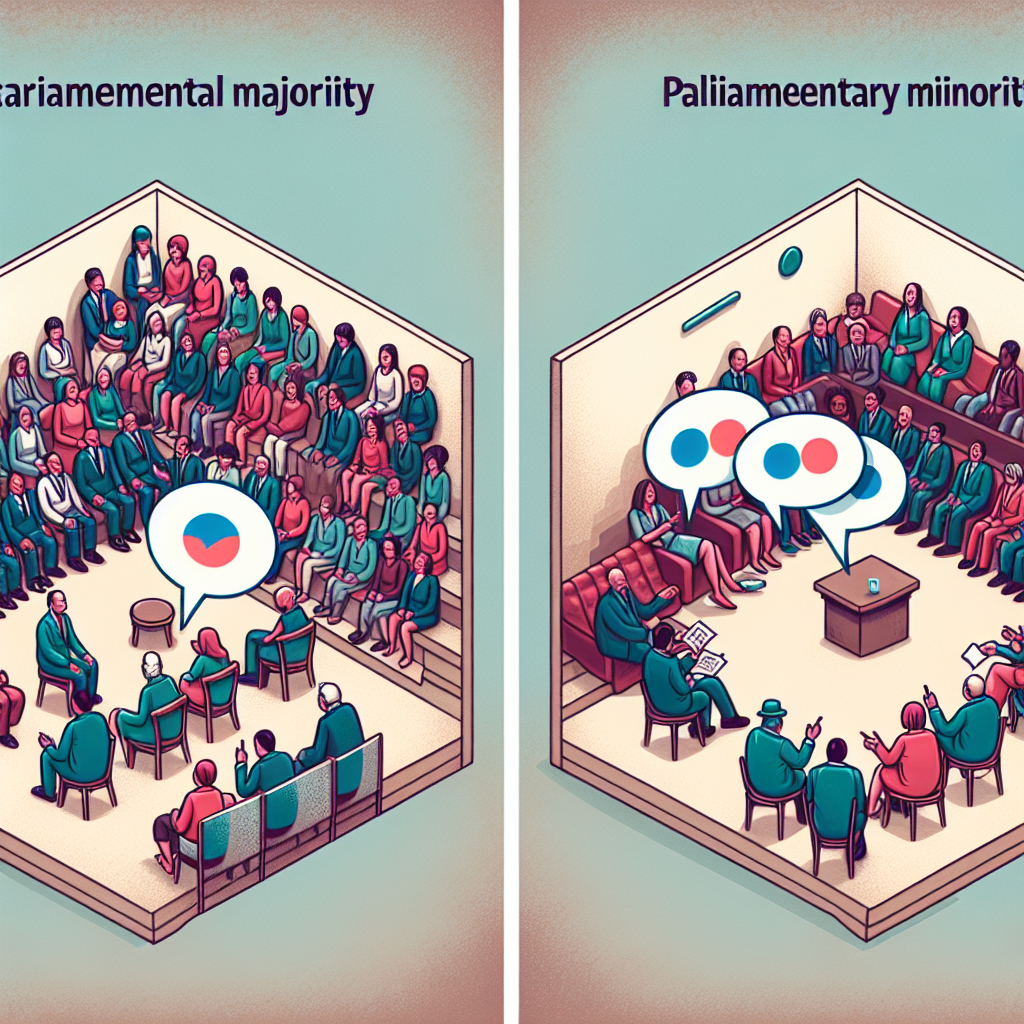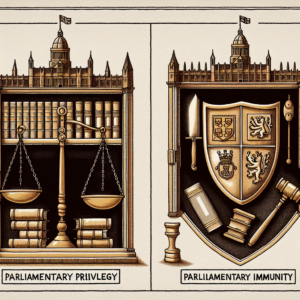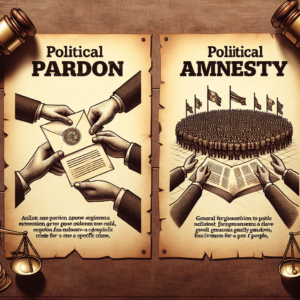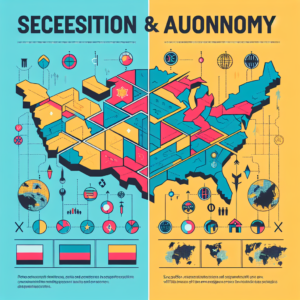The terms ‘Parliamentary Majority’ and ‘Parliamentary Minority’ have crucial importance in the realm of politics and governance. Essentially, they refer to the distribution of seats among different political parties in a parliament. The party or coalition with more than half of the seats forms the parliamentary majority, while the others form the parliamentary minority. But to fully understand these concepts, it is necessary to delve deeper into their implications, powers, and roles.
Understanding the Concepts: Parliamentary Majority and Minority
Parliamentary Majority refers to the political party or coalition of parties that holds more than half of the seats in a parliamentary system of governance. In many democratic countries, it is this majority that forms the government and dictates the legislative agenda. The leader of the party or coalition that forms the majority usually assumes the position of the Prime Minister or a similar role. The majority’s power lies in its ability to pass laws and dictate the direction of the government, giving it significant influence over the country’s policies and governance.
On the other hand, Parliamentary Minority refers to the party or parties that do not have enough seats to form the government, often because they hold less than half of the total number of seats. The role of a parliamentary minority is typically to challenge and scrutinize the actions of the majority. The minority provides a voice for alternative viewpoints and ensures that the majority’s power is kept in check. In some cases, minority parties can form a coalition to become a powerful opposition, challenging the majority on critical issues.
Dissecting the Differences Between Majority and Minority in a Parliament
The difference between a parliamentary majority and minority lies primarily in their power dynamics and roles within the government. The majority, by virtue of having more seats, has the power to form the government and dictate the legislative agenda. This ability to steer the direction of policy can lead to significant changes in a country’s direction, depending on the majority’s political ideology.
In contrast, the parliamentary minority’s role is often more about accountability and oversight than lawmaking. They serve as a check and balance to the power of the majority, scrutinizing their actions and ensuring they do not overstep their boundaries. The minority, however, can influence legislation by proposing amendments or collaborating with other minority parties to form a larger opposition block.
Another key difference is the stability offered by a parliamentary majority. When a party or coalition holds a majority, the government is generally more stable as it has a better chance of passing legislation without needing to negotiate with other parties. On the other hand, a parliamentary minority often has to build alliances and negotiate with other parties to influence legislation, leading to a more unstable political environment.
To wrap it up, the differences between a parliamentary majority and a parliamentary minority primarily lie in the power dynamics, roles, and stability they bring to a parliamentary system of governance. While a parliamentary majority forms the government and directs the legislative agenda, the minority provides the much-needed balance and scrutiny. Understanding these differences is crucial to appreciating the intricacies of parliamentary democracy – where differing voices collaborate, negotiate, and compete to shape the direction of a nation’s governance.











